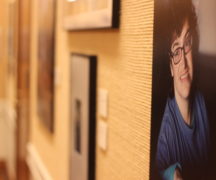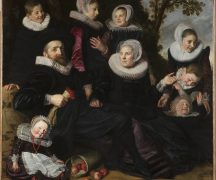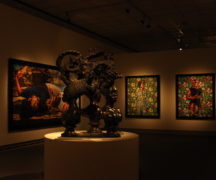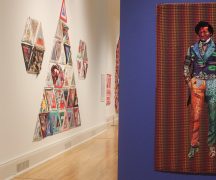By DAVID DUPONT
BG Independent News
When Florence Scott Libbey died, her papers were burned.
And with that she receded even more into the background, or at least as much as a woman who helped found a major museum, and then funded the construction of the Peristyle in the middle of the Depression to employ local craft workers.
That’s the way she seemed to want it, said glass artist Beth Lipman. Mrs. Libbey was the opposite of the contemporary social media personality. She preferred to stay in the background.
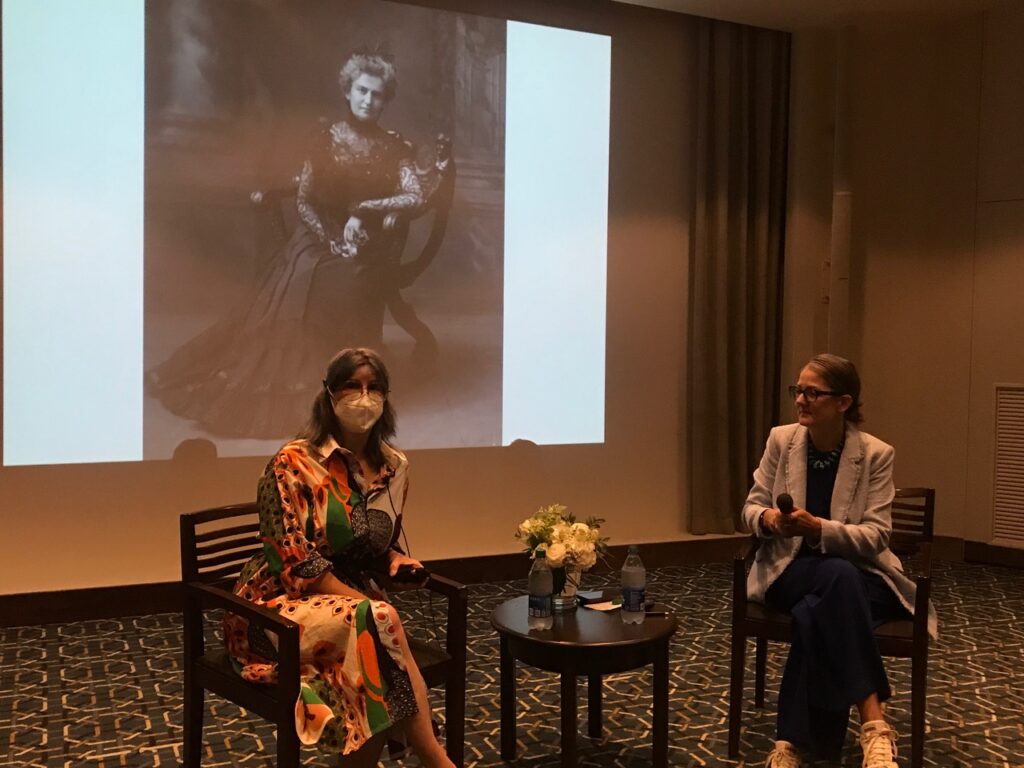
Lipman’s “ReGift,” a large-scale diorama of a scene of the Libbeys’ home, opened this weekend in the Toledo Museum of Art starting a year-long run. On Saturday the artist joined curator Diane Wright. Mrs. Libbey and her husband Edward Drummond Libbey, who preceded her in death, founded the museum in 1901.
In “ReGift” Lipman wants to bring her back through a portrait of her surroundings.
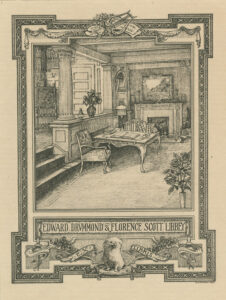
Lipman recreated the only image of we have of the Libbey’s home from the time they lived there. The Libbeys commissioned George Henry McCall create a bookplate for the volumes in their library.
Their sense of privacy comes through even in this image. It is a view from just outside the door, so it’s not even clear, Lipman said, if McCall was allowed in.
Lipman used lacquered white wood and colorless glass to create an image of that room. The glass elements were created in the museum’s glassworks when Lipman was a visiting artist.
The room is 75 percent life size and can be viewed by looking through a view finder structure in gallery 18 keeping the viewer at arm’s length.
The scale was intentional. The artist didn’t want to create a miniature because people know how to relate to something that small. Nor did she want it to be life size.
Lipman said that she wanted “to get to a place that’s a little bit more unknown.”
Only a few objects from the home crossed Monroe Avenue to get to the museum. One was an armchair depicted in the plate. That chair was given to the museum, but in the 1990s the museum removed it from its permanent collection. Now it is back in different form. Hence the title “ReGift.”
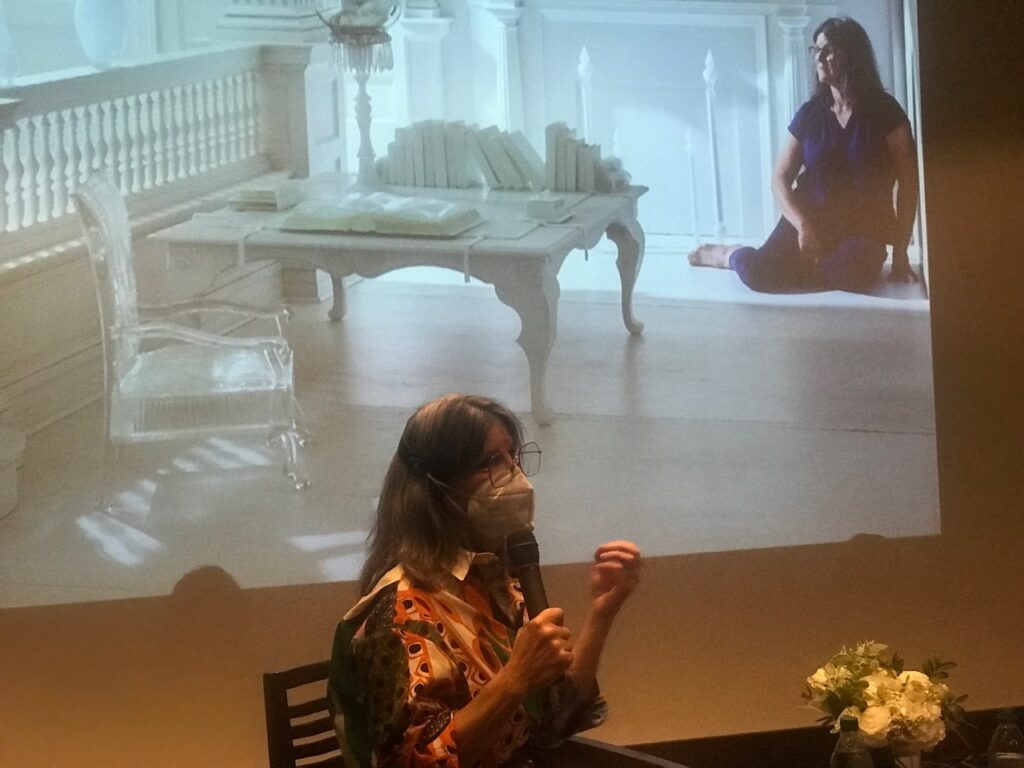
And there’s a painting, John Constable’s “Arundel Mill and Castle,” hanging above the mantlepiece. The painting is now displayed in the museum. The viewer is invited to seek it out, an ancillary activity to the exhibit.
But Lipman noted she made changes to the scene, as did McCall. She doesn’t do figures, she said during the talk, so the boys and cows in Constable’s image are gone. Ghosts like the woman who inspired “ReGift.”
A book from the Libbeys’ library with the plate in it is also on display in Gallery 18.

The museum commissioned filmmaker Atish Atici to create a short film, “Condition of Life,” to accompany the work.
It plays nearby on a small screen.
Given the paucity of Mrs. Libbey’s actual words, Atici has created a fictional letter from her directed to future generations of visitors to the museum.
He frames it around the 1914 Bird Campaign during which school children constructed 3,000 bird houses. The houses, some plain, some ornate, were displayed at the museum before being dispersed throughout Toledo to serve their purpose eventually deteriorating and being absorbed back into the landscape.
(This is an interesting foreshadowing of the museum’s programming tied to the Biggest Week in Birding.)
The letter posits that the museum may also be impermanent – it includes rather unsettling images of the museum’s iconic portico in flames.
But the museum remains open, in Mrs. Libbey’s words, to “all people irrespective of condition of life.”
The museum still strives to fulfill that mission. “ReGift” is a fitting tribute to the woman who set it on that course.


